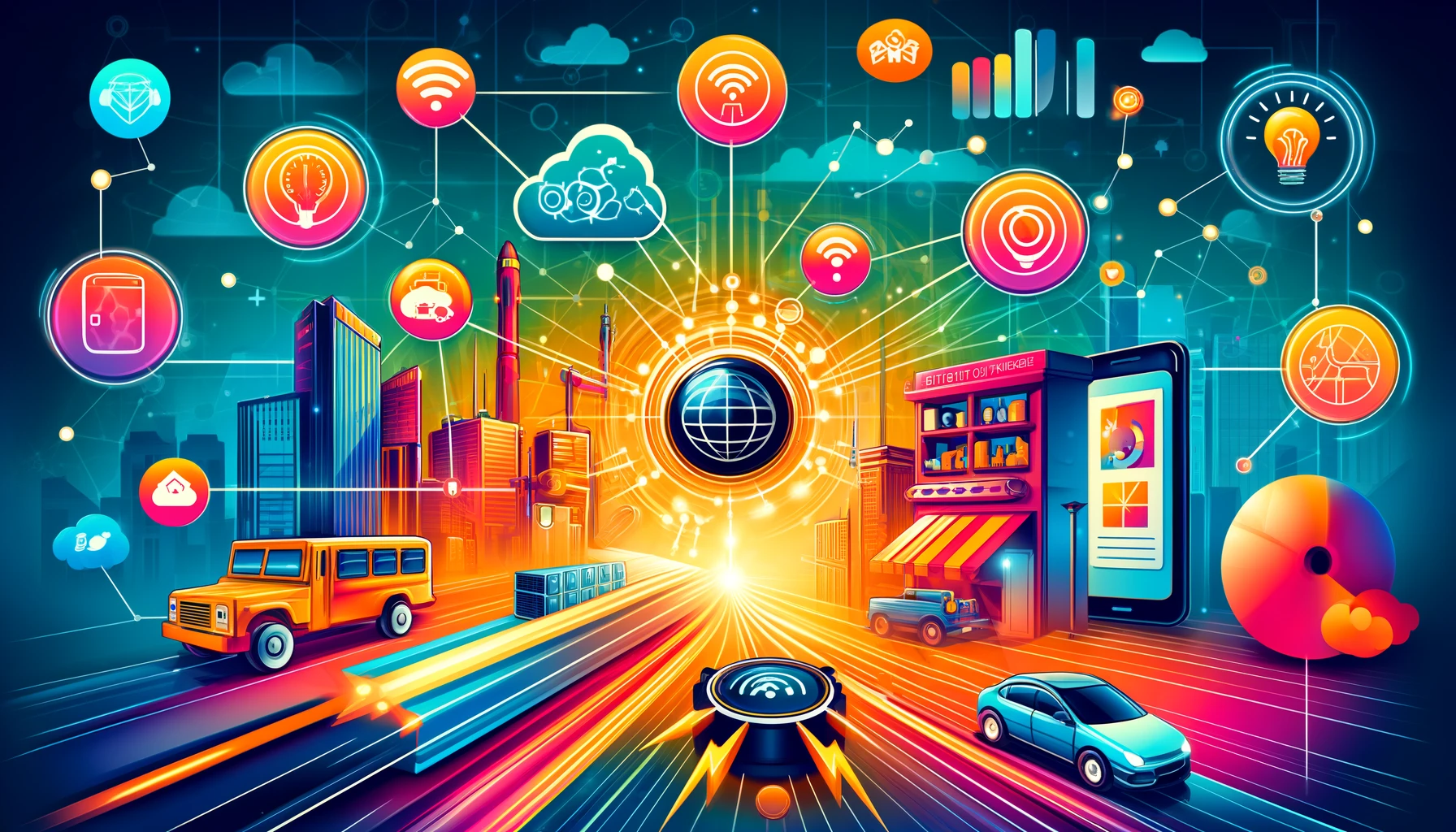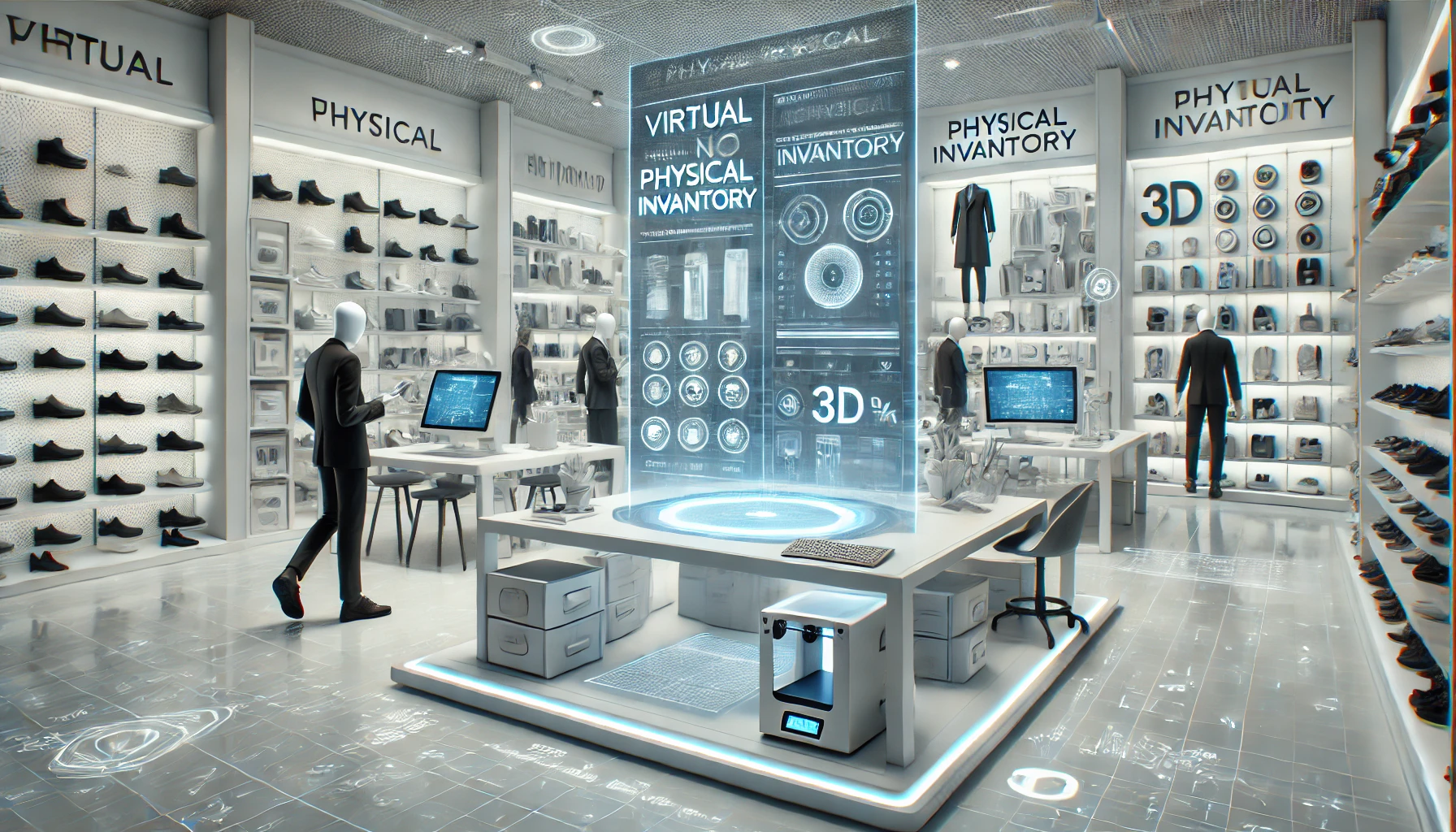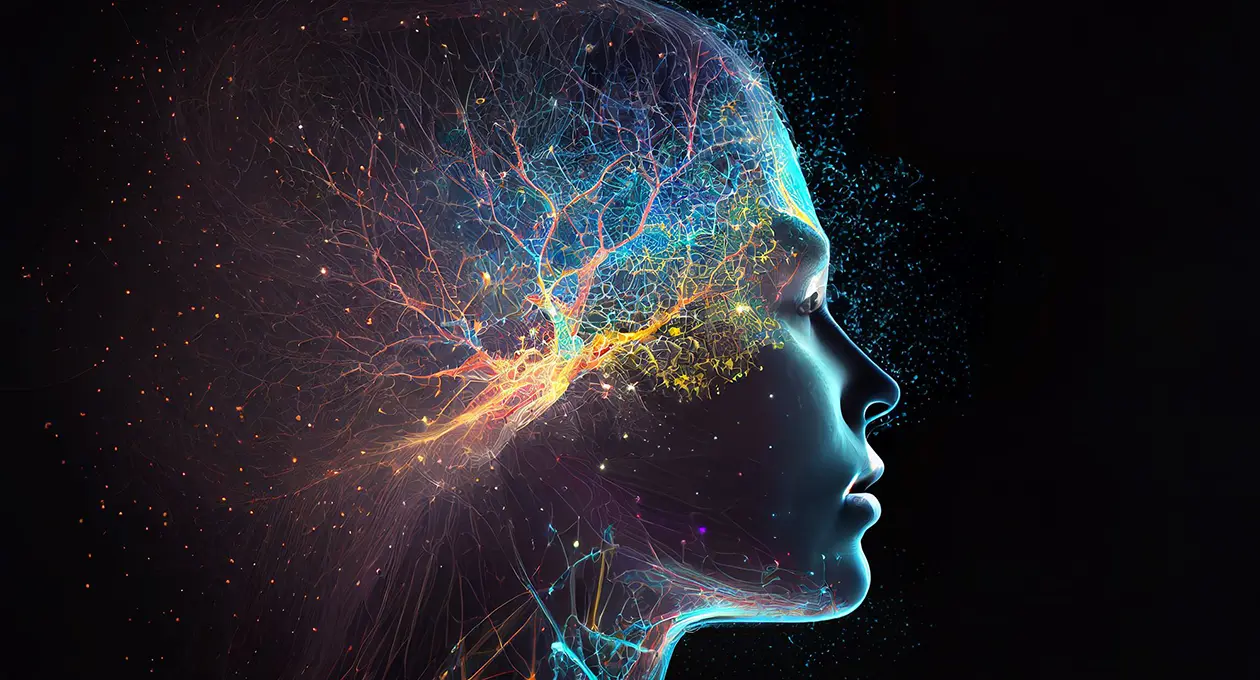In the age of information, data is the new gold. Understanding user behavior, preferences, and needs is crucial for businesses to thrive. The advent of the Internet of Things (IoT) has opened new avenues for gathering valuable user insights. IoT devices, with their ability to collect real-time data from various sources, provide a treasure trove of information that can be leveraged to enhance user experience, optimize operations, and drive innovation.
The IoT Landscape
IoT refers to the network of physical devices—such as sensors, wearables, and smart appliances—that are connected to the internet, collecting and sharing data. These devices range from simple sensors that monitor temperature and humidity to complex systems like smart homes and connected vehicles.
How IoT Devices Collect User Data
- Wearables: Fitness trackers and smartwatches are prime examples of IoT devices that collect user data. They monitor physical activity, heart rate, sleep patterns, and even stress levels. This data is invaluable for health and fitness companies to tailor their products and services to individual needs.
- Smart Homes: Devices like smart thermostats, security cameras, and voice assistants collect data on user preferences, habits, and routines. For instance, a smart thermostat learns when you are home and adjusts the temperature accordingly, providing energy savings and comfort.
- Connected Vehicles: Modern cars are equipped with sensors and internet connectivity, collecting data on driving patterns, vehicle performance, and user preferences. This data helps automotive companies improve vehicle design, safety features, and personalized services.
- Retail and Smart Shelves: IoT-enabled smart shelves in retail stores can monitor inventory levels and customer interactions with products. This data helps retailers optimize stock levels, improve product placement, and understand customer preferences.
Transforming Data into Insights
The raw data collected by IoT devices needs to be processed and analyzed to derive meaningful insights. This is where advanced analytics, machine learning, and artificial intelligence come into play.
- Predictive Analytics: By analyzing historical data, businesses can predict future trends and user behavior. For example, fitness app developers can predict when a user is likely to drop off their fitness routine and provide timely motivational content to keep them engaged.
- Personalization: IoT data allows for a high degree of personalization. Smart home devices can learn a user’s routine and adjust settings automatically, enhancing comfort and convenience. Retailers can offer personalized promotions based on past purchases and in-store behavior.
- Operational Efficiency: IoT data helps businesses optimize their operations. For instance, connected manufacturing equipment can predict maintenance needs before a failure occurs, reducing downtime and maintenance costs.
- Enhanced User Experience: By understanding user behavior and preferences, companies can design products and services that better meet user needs. For example, a car manufacturer might use driving data to improve the ergonomics and functionality of their vehicles.
Real-World Examples
Amazon Echo and Alexa: Amazon’s voice assistant, Alexa, collects data on user interactions, preferences, and routines. This data helps Amazon improve the functionality of Alexa, personalize user interactions, and offer relevant product recommendations.
Tesla: Tesla vehicles are equipped with numerous sensors that collect data on driving behavior, vehicle performance, and environmental conditions. This data is used to improve the autonomous driving algorithms, enhance vehicle safety, and provide personalized features such as custom driver profiles.
Nest Thermostat: The Nest Learning Thermostat collects data on household temperature preferences and occupancy patterns. It uses this data to create personalized schedules, saving energy and improving comfort. Additionally, aggregated data from multiple users helps Nest improve its algorithms and offer better energy-saving recommendations.
Challenges and Considerations
While IoT offers immense potential for gathering user insights, it also presents challenges:
- Data Privacy and Security: Collecting and storing vast amounts of user data raises concerns about privacy and security. Businesses must ensure that data is protected and used responsibly, complying with regulations like GDPR.
- Data Integration: IoT devices generate data in various formats and from different sources. Integrating this data to create a cohesive picture can be challenging.
- Scalability: As the number of IoT devices grows, so does the volume of data. Businesses need scalable solutions to manage and analyze this data effectively.
- User Consent: It is crucial to obtain explicit user consent for data collection and use. Transparent communication about how data will be used helps build trust with users.
Conclusion
IoT devices are transforming the way businesses gather and analyze user data. By leveraging IoT, companies can gain valuable insights into user behavior, preferences, and needs. These insights drive innovation, enhance user experience, and optimize operations. However, it is essential to address the challenges related to data privacy, integration, and scalability to fully realize the potential of IoT. As technology continues to evolve, the role of IoT in data collection and analysis will only become more significant, paving the way for a smarter, more connected world.




